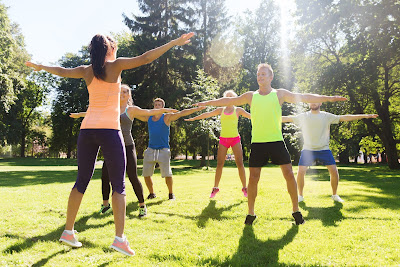Increasing running speed is the dream of
every professional runner. Research on how to run faster has allowed us
to better understand the various ways in which an athlete can increase
his running techniques. This includes the connection between weight loss
and running faster, for the use of smart and running techniques like
starting slow and then gaining speed and also various Training Techniques that build up the physiological fitness of the body for speedier running.
According to Elite Gamespeed the first thing is to prepare
psychologically for the task. Many athletes feel that pushing themselves
to greater and greater speeds might hurt them. Anyone interested in
knowing how to run faster must be prepared to take some pain, both
literally and in work. Most athletes benefit by increasing their stride
turnover. A good technique to increase the stride turnover is to run at
the normal pace for a 5k for 30 minutes and counting the number of times
the right foot contacts the ground. Then taking a 30 minutes rest and
then repeating the initial run, only this time trying to increase the
count by 1. The cycle can be repeated. Fast running puts the muscles of
the athlete, after an initial burst of aerobic mode, into anaerobic mode
(in which energy is generated inefficiently resulting in a decrease in
muscle performance).
The athlete can benefit by increasing his
anaerobic threshold that is the time at which the anaerobic mode sets
up. This can be achieved by doing ‘tempo runs’ which involve initial
easy running for 5 to 10 minutes, then running for 15 to 20 minutes near
the 10k pace and then finishing off with 5 to 10 minutes of cooling
down. Hill training is also a very good means of increasing running strength.
This exercise can be a little strenuous and is required to be done only
once a week and involving 3 to 4 repeats, which could be increased to 6
to 7 repeats with increasing fitness. The repeats consist of running
hard about a hundred meters to the top of the hill on a steep hill and
then jogging back down.
Studies done on how to Run Faster have
also indicated that every pound of weight lost gives a boost of about
two seconds per mile in speed. So weight loss is always great for speed
gains. Last but not least, athletes should take a day of complete rest
between training periods. Rest allows the muscles to heal themselves of
the stress and damage that the exercise routine puts on them.

















